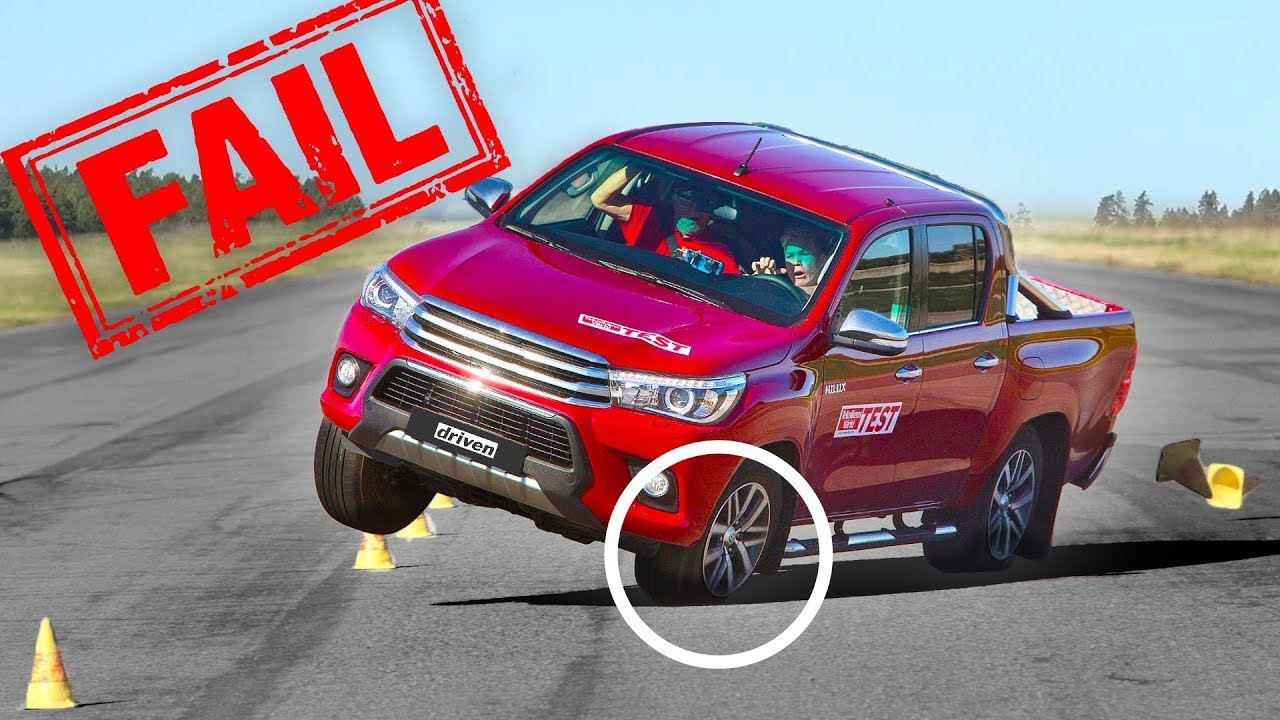there were some affordable PHEVs over the years but every single one was TRASH and many were discontinued because nobody wanted that garbage.
for example:
chevy volt was the original PHEV, but to keep price down power seats were not available ON ANY TRIM EVEN AS OPTION.
prius prime was next but only came with 15 inch wheels !
then came honda clarity ( now discontinued ) which had something like 9 second acceleration when most other cars in that price range were about 7 seconds including Camry Hybrid, which was a direct competitor ( though not plug in )
chrysler pacifica PHEV … only came with yellow dim headlights - no LED or HID in any trim even as an option !
rav 4 prime … no passenger power seat
the new Prius Prime … no AWD
new Lexus NX PHEV … 2 year wait time ! ! !
and so on …
i have exhaustively studied each of those cars and test drove most of them and a pattern started emerging … you can’t get a PHEV at a good price that isn’t gimped / nerfed in some way and is also available …
it costs money to make a PHEV so any PHEV that is priced like a regular ICE will either be missing some important features or have a 2 year wait time for it …
this is why i ultimately had to get a Volvo even though what i really wanted was something in the Honda / Toyota price range … but at that point i simply realized it wasn’t going to happen.
the Volvo PHEVs are close to a no-compromise vehicle but not 100% there … one minor nit pick is they don’t offer ventilated seats ( which you can get on an entry level Hyundai, though not a Tesla ! ) …
the bigger issue with Volvo is the torque steer as the combustion engine only drives the front wheels, while electric motor only drives the rear … which means that the car’s handling characteristics change depending on whether you’re being propelled by motor or the engine …
so the handling and overall driving characteristics change based on battery state of charge for example and whether the engine has kicked on or not and so on.
this is pretty aggravating and obviously inferior to German offerings - even Audi.
Audi is notorious for NOT handling as well as Porsche, BMW or Mercedes but i will easily give it an edge over Volvo in the handling department … or really in any department except seats.
i really feel like Volvo seats are the best - better than even Mercedes. exterior styling on Volvo is competitive with other European brands. fit and finish is good. Volvos are good cars … but not as good as German offerings.

